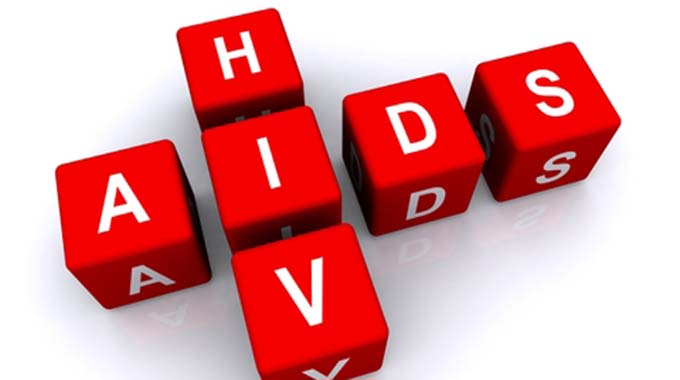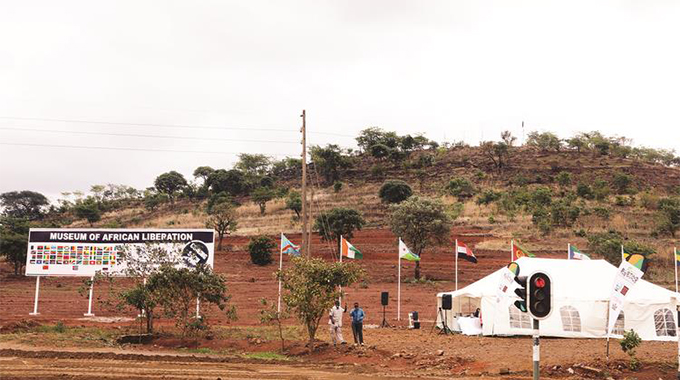World Aids Day: Communities essential to pandemic responses

Sophia Mukasa Monico
Correspondent
A community-led response will not only get our HIV response back on track, but also help Africa defeat Covid-19.
When Covid-19 first hit Africa’s shores, there were real concerns that an additional 500 000 people could die from AIDS-related causes, including Tuberculosis, in sub-Saharan Africa in 2020–2021.
Innovative measures from the continent, community responses and adherence to World Health Organisation guidelines to maintain essential services amid the pandemic, among others, have mitigated this impact.
But HIV services have been disrupted.
And there are indications that Covid-19-related restrictions have a disproportionate impact on our most vulnerable communities.
The UNAIDS report “World Aids Day Report, Prevailing against pandemics by putting people at the centre” notes almost no decline in the number of people living with HIV receiving antiretroviral therapy in 25 countries reviewed since April 2020 when lockdowns were implemented across the globe.
Some African countries like Botswana have even expanded treatment coverage.
Still, treatment coverage dropped in other countries like Sierra Leone and South Africa while there has been a general drop in HIV testing across the region.
The pandemic is thus undermining efforts to diagnose new HIV infections and start newly diagnosed people on treatment.
This is true also for testing and treatment for pregnant women.
Lesotho and Uganda are among the countries that quickly rebounded, but Ethiopia, Kenya and South Africa — where sustained lockdowns were in place — registered ongoing disruptions.
The impact is not just on health services.
Manufacturing of HIV-related commodities was also disrupted, leading to concerns of possible shortages and even price increases down the line.
Globally, progress towards the 90–90–90 testing and treatment targets — that by 2020, 90 percent of people who are HIV infected will be diagnosed, 90 percent of people who are diagnosed will be on antiretroviral treatment and 90 percent of those who receive antiretrovirals will be virally suppressed — has been a relative bright spot.
At the end of last year, 81 percent of people living with HIV knew their HIV status, and among those people, 82 percent were on treatment — more than 25 million people — and 88 percent of those on treatment had achieved viral suppression.
New HIV infections among children fell by more than half from 2010 to 2019 but there has been insufficient progress on combination HIV prevention among adults.
In sub-Saharan Africa, both Botswana and Eswatini have achieved the 90–90–90 targets (with Eswatini exceeding the 95–95–95 benchmarks).
In Zimbabwe, community mobilisation saw the country achieve the global target for HIV testing and treatment.
Ninety percent of people living with HIV and AIDS have been tested and now know their status.
From these, 94 percent are on treatment while 86 percent of those on treatment have their viral load suppressed to undetectable levels.
However, women continue to be worst affected by HIV and AIDS in Zimbabwe with the latest statistics showing disparities of rate of infection between men and women.
In 2019, new HIV infections among young women aged 15–24 years were more than double those among young men with 9 184 new infections among young women, compared to 4 237 among young men.
HIV prevalence among adults (15–49 years) was 12,8 percent.
Although new infections have reduced by more than 44 percent between 2010 and 2019, this is less than the desired target of minus 75 percent and 40 000 people were newly infected with HIV in 2019.
Although infection among young adolescents and girls has gone down by 46 percent between 2016 and 2019, women remain worst affected, with 16,7 percent of those in the 15-49 age group living with HIV against 10,8 percent of men of the same age.
On the other hand due to the successful treatment programme, AIDS related deaths have reduced by more than 61 percent since 2010.
In 2019, approximately, 20 000 people died from an AIDS-related illness.
The challenge of Covid-19 need not derail our efforts. We can get back on track by using the lessons learned from the AIDS response.
This includes the effectiveness of people-centred responses that starts by tailoring services to reach those who need them the most.
It means a holistic approach to address the wider challenges faced by people living with HIV as well as those at high risk of HIV infection.
We know that communities best understand their own needs, possess the passion and insights that underlie effective advocacy, policy development and service design, and have the motivation to ensure accountability.
When communities lead in design and delivery of such services, we minimise the hurdles to success.
Such responses also help address gender inequalities and other societal and structural factors that affect HIV vulnerability.
We are better able to hold providers accountable and strengthen feedback mechanisms for evidence-based review.
UNAIDS in collaboration with he network of People living with HIV (ZNNP+), the National AIDS Council supported the Government- led efforts to empower the most vulnerable, including people living with HIV, to prevent Covid-19 and other communicable diseases.
Recently, UNAIDS and Reckitt Benkiser through ZNNP+ donated hygiene kits to people living with HIV around the country.
The support will directly impact at least 10 000 most vulnerable people living with HIV. In addition UNAIDS provided guidelines and financial support for the procurement of equipment and the training of online counsellors from ZNNP+ to establish a call centre.
The call centre platform is a national surveillance and information system which will ensure that challenges faced by people living with HIV are captured in real time and HIV services to boost Covid-19, testing, isolation, contact tracing and treatment are deployed efficiently.
Covid-19 has imposed profound challenges on all our countries and communities.
HIV responses and people most affected by HIV are no exception, including key and vulnerable populations such as adolescent girls and women in all their diversity, sex workers, gays, transgender people and people who inject drugs.
But even as Covid-19 has disrupted HIV services, the pandemic has underscored the transformative nature of HIV investments and the essential role that communities play in responding to pandemics and building sustainable socio-economic development.
There are many lessons we have learned from our HIV response that can be used in our fight against Covid-19.
And it starts with ensuring we put community responses first when we build back better. — UNAIDS








Comments